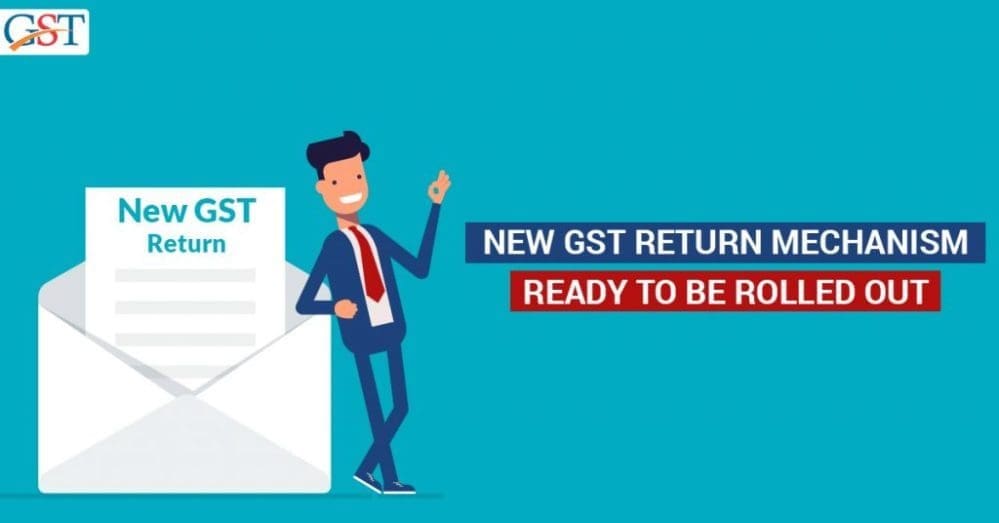Forms available for trial from July to Sept; will become mandatory subsequently.
The Finance Ministry on Tuesday unveiled a roadmap for the implementation of
the new GST return mechanism. It has also put in place a transition mechanism.
The new mechanism will be used on a trial basis from July to September. For the
large taxpayers (those whose aggregate annual turnover in the previous fiscal was
more than Rs. 5 crore), Form GST ANX will replace GSTR 1 from October. Small
taxpayers (with aggregate annual turnover in the previous fiscal up to Rs.5 crore)
who file on a quarterly basis will have to use this in January for the October-
December quarter. Form GST RET-1 will replace GSTR-3B; it will be mandatory
from January for all taxpayers.
The government has released the draft of a new and simplified return form with
offline tools. There are three main components to the new return process — the
main return form (Form GST RET-1) and two annexures (Form GST ANX-1 and
Form GST ANX-2). From July, users will be able to upload invoices using the GST
ANX-1 offline tool on a trial basis. They will also be able to view and download the
inward supply invoices using the GST ANX-2 offline tool under the trial. The
summary of inward supply invoices will also be available for view on the common
online portal. Additionally, from August, users can import their purchase register in the offline tool and match it with the downloaded inward supply invoices to spotmis matches.
Trial for familiarisation
The July-September trial is for taxpayers to familiarise themselves with the new
return mechanism. It will have no impact at the back end on the tax liability or
input tax credit of the taxpayer. In this period, taxpayers will continue to file
existing return forms (GSTR-1 and GSTR-3B); failure to do will will attract
penalties. From October, GST ANX-1 will be compulsory, replacing GSTR-1. The
large taxpayers will upload their monthly GST ANX-1 from October. However, the
first compulsory quarterly GST ANX-1 to be uploaded by small taxpayers will be
due only in January 2020, for the October-December 2019 quarter. Invoices can
be uploaded in GST ANX-1 on a continuous basis, both by large and small
taxpayers, from October. GST ANX-2 may be viewed simultaneously during this
period but no action will be allowed on it. For October and November, large
taxpayers will continue to file GSTR-3B on a monthly basis. They will file their first
GST RET-01 for December by January 20, 2020. Small taxpayers will stop filing
GSTR-3B and start filing GST PMT-08 from October. They will file their first GST
RET-01 for the quarter October-December from January 20 next year.
Need for clarity Some aspects of the transition plan require clarity, observed Archit Gupta, founder & CEO of ClearTax. It’s not clear whether ITC credit will be matched with ANX-2 or GSTR-2 in the intervening period between July to September, he pointed
out. Parag Mehta, Partner at NA Shah Associates LLP, felt the forms are not simple enough. User will have to upload GST ANX-1 reflecting their outward liability, imports and inward supplies attracting reverse charge. “Based on GST ANX-1, filed by all, businesses will be able to download details of auto-drafted inward supplies in GST ANX2. “The trade will be required to accept, reject or keep in pending the ITC on inward supplies. After completion of GST ANX-2, an auto populated return in GST RET-1 will be generated. All the activities will have to be done on monthly basis,” he said.

